Home>Home Appliances>Cleaning Appliances>Who Invented A Lightweight Vacuum Cleaner In 1908
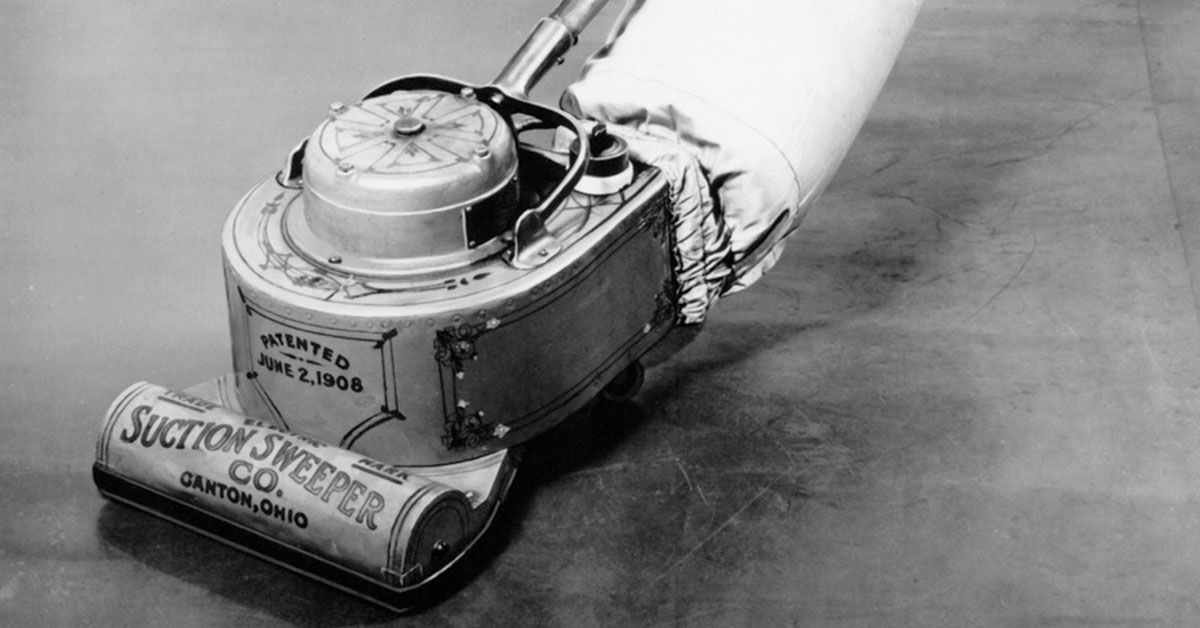

Cleaning Appliances
Who Invented A Lightweight Vacuum Cleaner In 1908
Modified: May 6, 2024
Discover the history of the lightweight vacuum cleaner, invented in 1908. Learn about the innovative cleaning appliances that revolutionized household chores.
(Many of the links in this article redirect to a specific reviewed product. Your purchase of these products through affiliate links helps to generate commission for Storables.com, at no extra cost. Learn more)
**
Introduction
**
In the early 20th century, the invention of the lightweight vacuum cleaner revolutionized the way people maintained cleanliness in their homes. This groundbreaking invention not only simplified the arduous task of cleaning but also paved the way for modern cleaning appliances that are now an indispensable part of households worldwide. The journey of the lightweight vacuum cleaner is a testament to human ingenuity and the relentless pursuit of convenience and efficiency. Let's delve into the fascinating history of this innovative appliance and explore the impact it has had on our daily lives.
**
Key Takeaways:
- The lightweight vacuum cleaner, invented in 1908, revolutionized household cleaning, making it easier for people to maintain cleanliness and paving the way for modern cleaning appliances.
- James Murray Spangler’s innovative design of the lightweight vacuum cleaner in 1908 simplified cleaning, improved indoor air quality, and empowered individuals to manage household chores more efficiently.
Read also: 13 Best Lightweight Vacuum Cleaner For 2025
The Need for a Lightweight Vacuum Cleaner
**
At the turn of the 20th century, maintaining a clean and dust-free living space was a labor-intensive and time-consuming endeavor. Traditional cleaning methods, such as sweeping and beating rugs, were physically demanding and often ineffective in removing deep-seated dirt and dust. Moreover, the bulky and cumbersome nature of early vacuum cleaners made the task even more challenging, especially for individuals with limited physical strength.
The need for a lightweight vacuum cleaner stemmed from the desire to streamline the cleaning process and make it more accessible to a wider demographic. As urbanization led to smaller living spaces, the demand for compact and maneuverable cleaning appliances grew. Additionally, the increasing participation of women in the workforce necessitated the development of efficient and user-friendly cleaning tools to help manage household chores effectively in a limited timeframe.
Furthermore, advancements in material science and engineering paved the way for the creation of lighter yet durable components, making it feasible to design a more portable and user-friendly vacuum cleaner. The shift towards electric-powered appliances also fueled the quest for a lightweight vacuum cleaner, as it allowed for greater mobility and ease of use compared to the cumbersome manual alternatives.
As the need for a more convenient and efficient cleaning solution became increasingly apparent, the stage was set for a revolutionary invention that would transform the way we approach household maintenance. The emergence of a lightweight vacuum cleaner would not only address the practical challenges associated with traditional cleaning methods but also signify a significant leap forward in the evolution of home cleaning technology.
**
The Invention of the Lightweight Vacuum Cleaner
**
The pivotal moment in the history of cleaning appliances arrived in 1908 when an ingenious inventor, James Murray Spangler, designed the first lightweight electric vacuum cleaner. Spangler, a department store janitor in Ohio, recognized the inefficiency of traditional cleaning methods and sought to develop a more practical solution. Drawing on his expertise in mechanical engineering, he combined a fan, a soap box, and a broom handle to create a rudimentary yet functional vacuum cleaner.
Spangler’s innovative design featured a lightweight and portable configuration, making it significantly easier to maneuver and operate compared to its predecessors. The electric motor provided powerful suction, effectively capturing dust and debris from various surfaces, while the compact size and manageable weight made it accessible to a wider demographic of users.
Recognizing the potential of his invention, Spangler sought the expertise of William Hoover, a leather goods manufacturer, to refine and commercialize the lightweight vacuum cleaner. The collaboration led to the establishment of the Hoover Company, which played a pivotal role in popularizing the electric vacuum cleaner and making it a household staple.
The introduction of the lightweight vacuum cleaner marked a paradigm shift in the cleaning industry, setting new standards for convenience, efficiency, and effectiveness. Its innovative design and practicality not only simplified the cleaning process but also inspired further advancements in home cleaning technology.
Over the years, the lightweight vacuum cleaner underwent significant improvements, incorporating features such as adjustable suction power, bagless operation, and ergonomic designs to enhance user experience. The evolution of this essential household appliance continues to be driven by a commitment to innovation and a deep understanding of the evolving needs of modern households.
Spangler’s pioneering invention laid the foundation for a thriving industry dedicated to developing cutting-edge cleaning appliances that cater to diverse lifestyles and preferences. The lightweight vacuum cleaner remains a testament to human creativity and the relentless pursuit of convenience, reflecting the transformative power of innovation in shaping the way we maintain clean and healthy living spaces.
**
The lightweight vacuum cleaner was invented by James Spangler in 1908. He was a janitor who wanted to find a way to reduce the dust in the air while he was cleaning.
Impact of the Invention
**
The invention of the lightweight vacuum cleaner had a profound and far-reaching impact on the way we approach household cleaning, ushering in a new era of convenience, efficiency, and hygiene. Its influence extended beyond the realm of domestic chores, shaping consumer habits, technological advancements, and societal dynamics.
One of the most significant impacts of the lightweight vacuum cleaner was its contribution to improving indoor air quality. By effectively removing dust, allergens, and microscopic particles from carpets, upholstery, and floors, this innovative appliance played a pivotal role in creating healthier living environments. This not only enhanced the well-being of individuals with respiratory conditions but also promoted overall wellness and comfort within homes.
Moreover, the widespread adoption of lightweight vacuum cleaners revolutionized the cleaning industry, leading to the development of a diverse range of cleaning appliances tailored to specific needs and preferences. From handheld cordless vacuums to robotic vacuum cleaners equipped with artificial intelligence, the market has witnessed a proliferation of innovative solutions aimed at simplifying and enhancing the cleaning experience.
The invention also had a profound impact on household dynamics, particularly in empowering individuals to manage cleaning tasks more efficiently. The lightweight and user-friendly nature of modern vacuum cleaners has democratized the chore of cleaning, making it accessible to individuals of all ages and physical abilities. This has contributed to a more equitable distribution of household responsibilities and facilitated a more balanced and harmonious domestic environment.
Furthermore, the success of the lightweight vacuum cleaner paved the way for the integration of advanced technologies in cleaning appliances, such as cyclonic filtration, smart sensors, and app-controlled functionalities. These innovations have not only elevated the performance and convenience of vacuum cleaners but have also set a precedent for intelligent and interconnected home cleaning systems that align with the digital age.
From an environmental perspective, the evolution of lightweight vacuum cleaners has led to the development of eco-friendly models that prioritize energy efficiency and sustainable materials. This commitment to environmental responsibility underscores the industry’s dedication to minimizing its ecological footprint while delivering exceptional cleaning performance.
In essence, the invention of the lightweight vacuum cleaner transcended its role as a mere cleaning appliance, becoming a symbol of progress, innovation, and empowerment in the realm of household maintenance. Its enduring impact continues to shape the way we perceive cleanliness, technology, and the interconnectedness of our living spaces, reaffirming its status as an indispensable asset in modern homes.
**
Conclusion
**
The journey of the lightweight vacuum cleaner from its humble origins to its status as a ubiquitous household essential is a testament to human ingenuity, perseverance, and the pursuit of convenience. The invention of this revolutionary cleaning appliance not only alleviated the physical burden of traditional cleaning methods but also catalyzed a paradigm shift in the way we approach household maintenance.
From the visionary design of James Murray Spangler to the transformative impact of modern cleaning technologies, the lightweight vacuum cleaner has evolved to embody the intersection of innovation, practicality, and environmental consciousness. Its ability to enhance indoor air quality, streamline cleaning routines, and empower individuals of diverse backgrounds underscores its significance as a catalyst for healthier, more efficient, and inclusive living spaces.
As the cleaning industry continues to embrace advancements in material science, engineering, and digital integration, the legacy of the lightweight vacuum cleaner remains a guiding light, inspiring a new generation of cleaning appliances that prioritize performance, sustainability, and user-centric design. The enduring impact of this invention serves as a testament to the enduring relevance of human-centered innovation in shaping the tools and technologies that enrich our daily lives.
In a world where the pursuit of cleanliness, convenience, and well-being is paramount, the lightweight vacuum cleaner stands as a symbol of progress, adaptability, and the relentless pursuit of excellence. Its evolution mirrors our collective journey towards a more harmonious coexistence with our living environments, reflecting the transformative power of invention and the enduring legacy of visionary minds.
As we navigate the ever-changing landscape of home cleaning technology, it is essential to recognize the profound impact of the lightweight vacuum cleaner and the countless innovations it has inspired. From its humble origins to its status as an indispensable household companion, this remarkable invention continues to embody the ethos of progress, efficiency, and the unwavering commitment to elevating the quality of life for individuals and families around the world.
Curious about the everyday gadgets that simplify our chores? If understanding the lightweight vacuum cleaner has piqued your interest, you might enjoy learning more about vacuum cleaners in general. It's a tool many use but few fully understand its mechanics and history. Dive into our next article, where we unpack everything you need to know about these handy devices that keep our spaces clean.
Frequently Asked Questions about Who Invented A Lightweight Vacuum Cleaner In 1908
Was this page helpful?
At Storables.com, we guarantee accurate and reliable information. Our content, validated by Expert Board Contributors, is crafted following stringent Editorial Policies. We're committed to providing you with well-researched, expert-backed insights for all your informational needs.
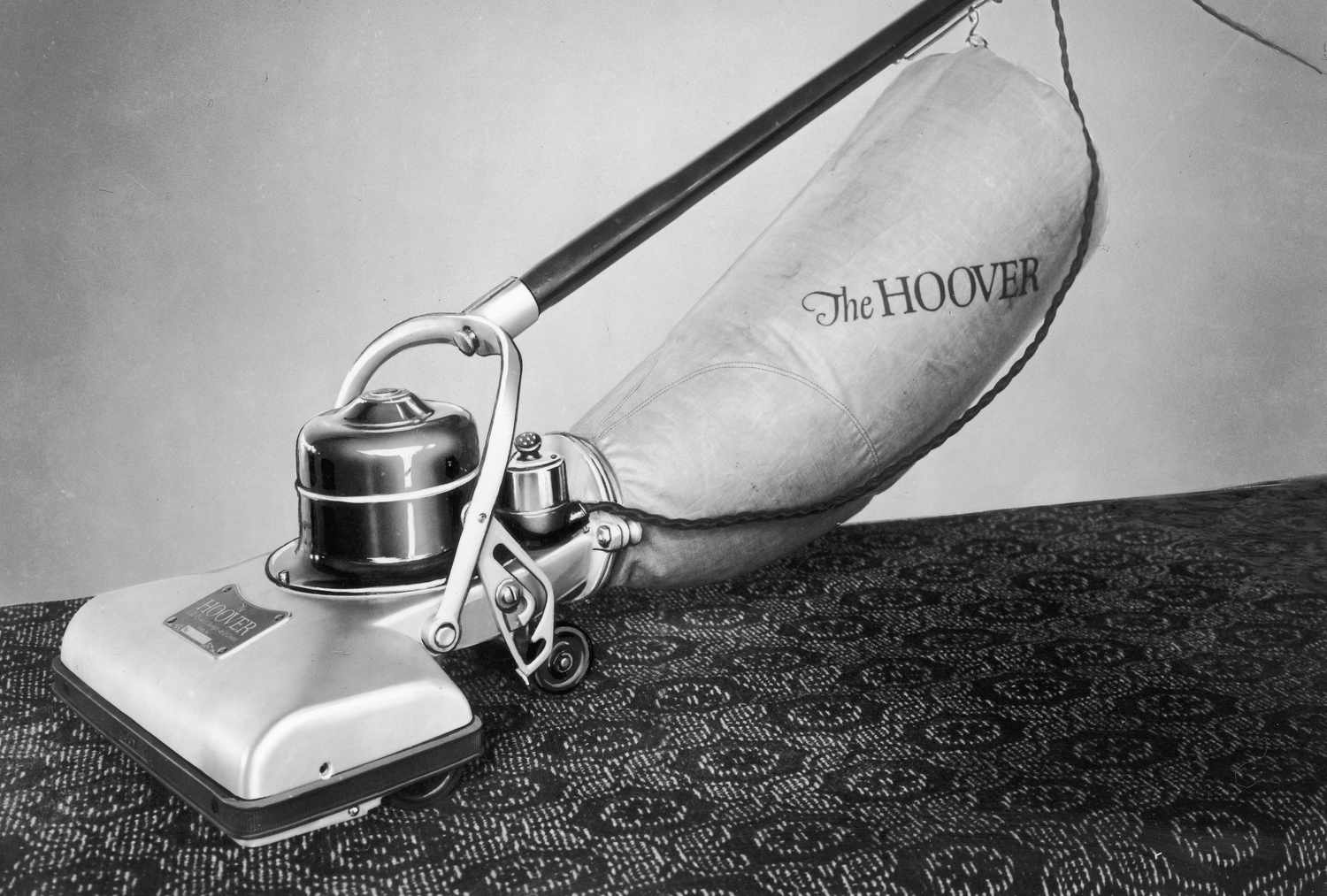
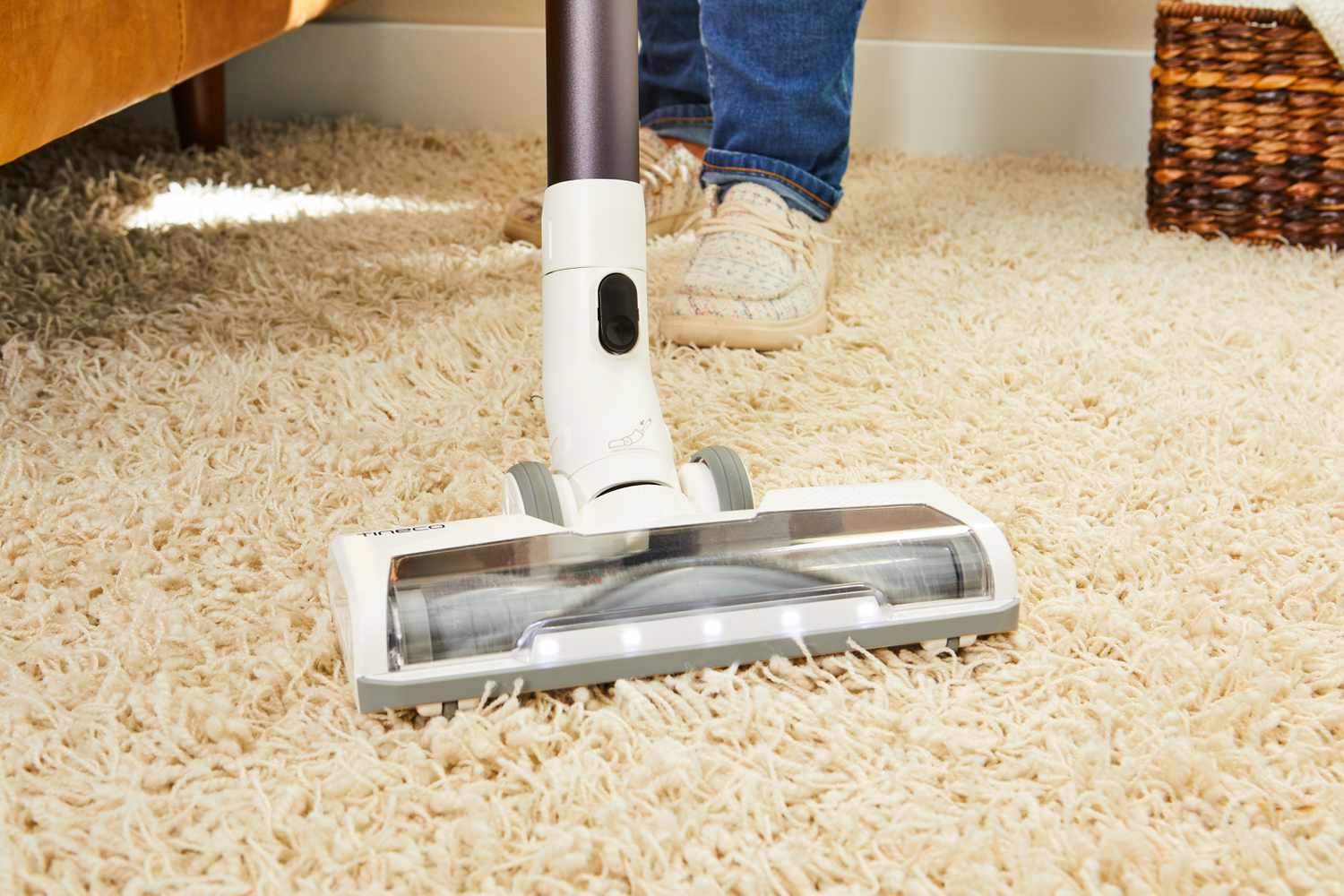
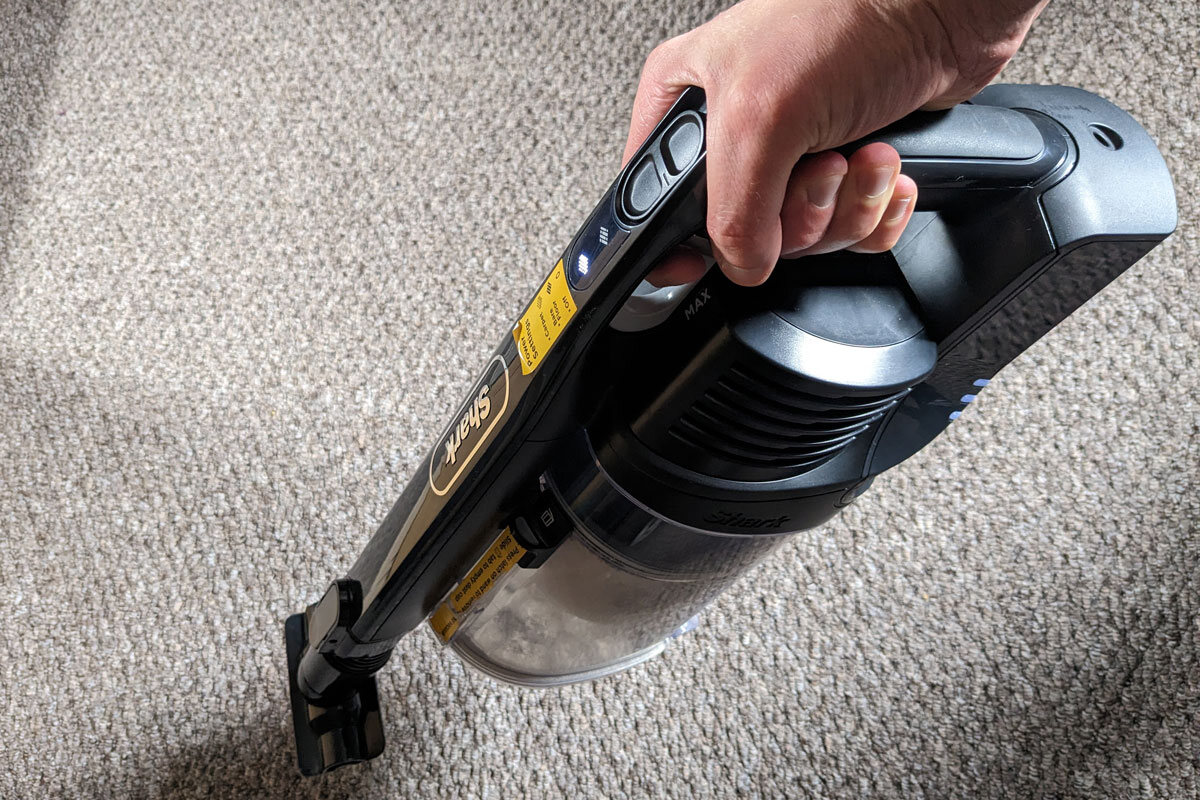
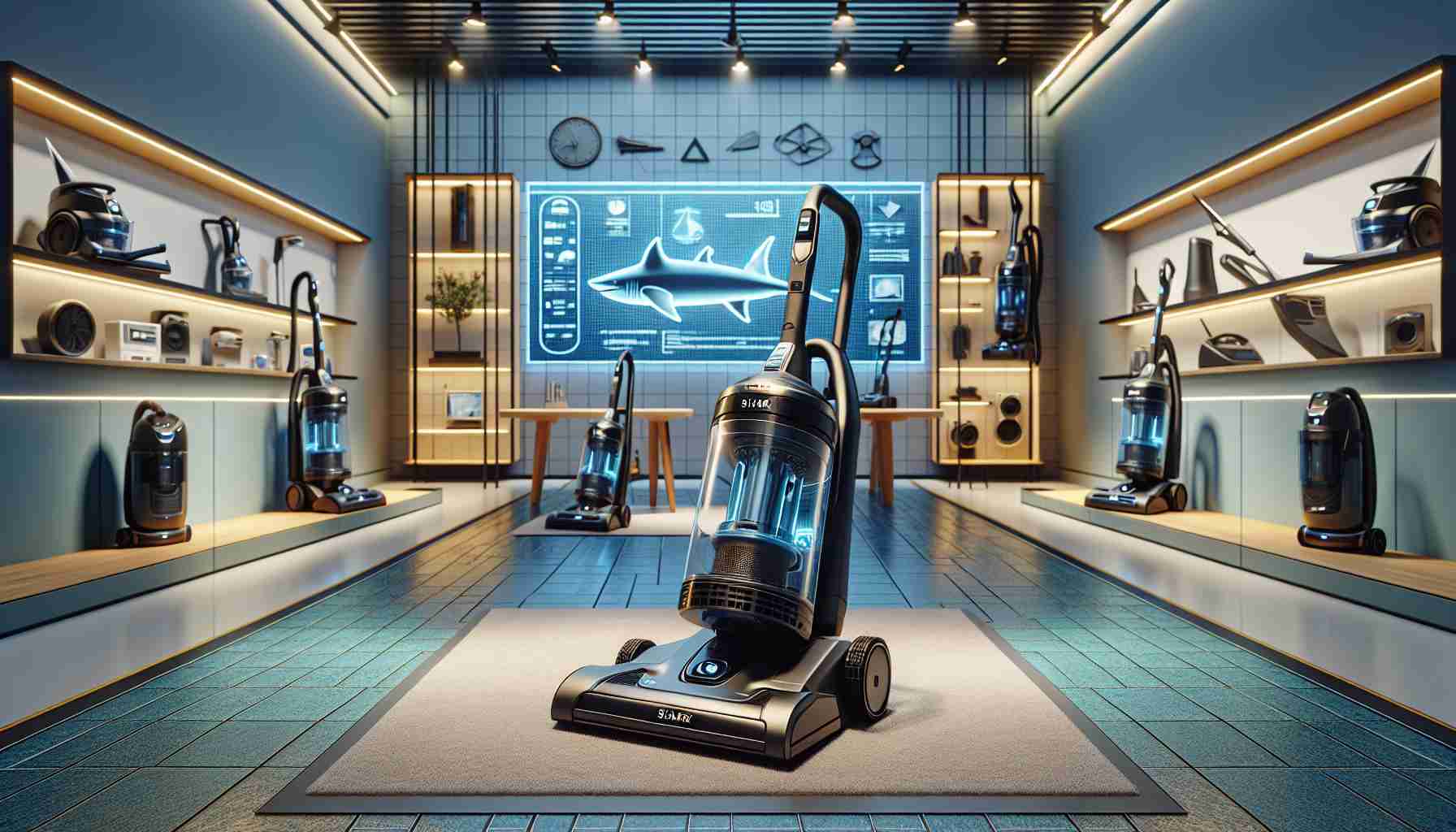


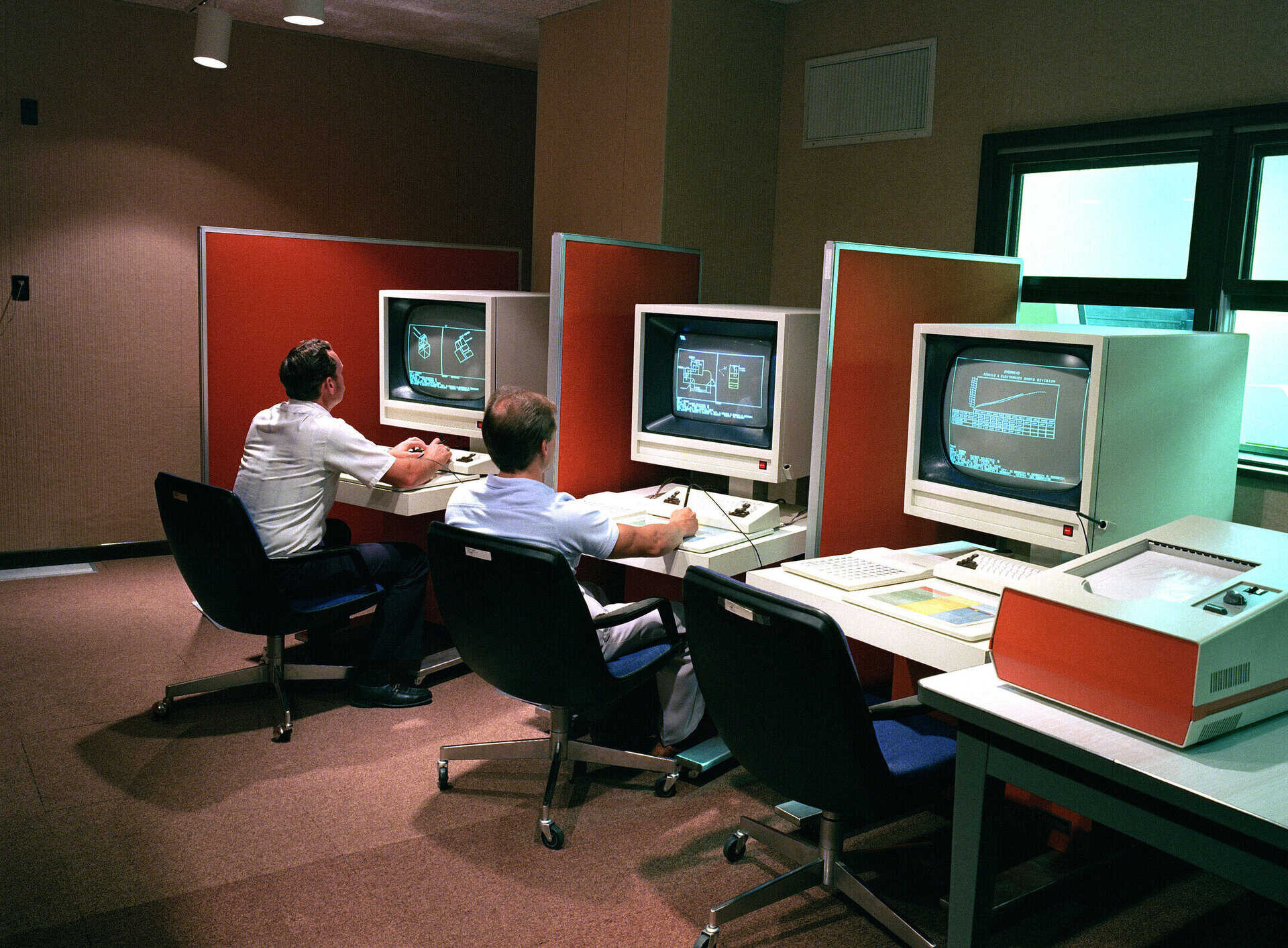


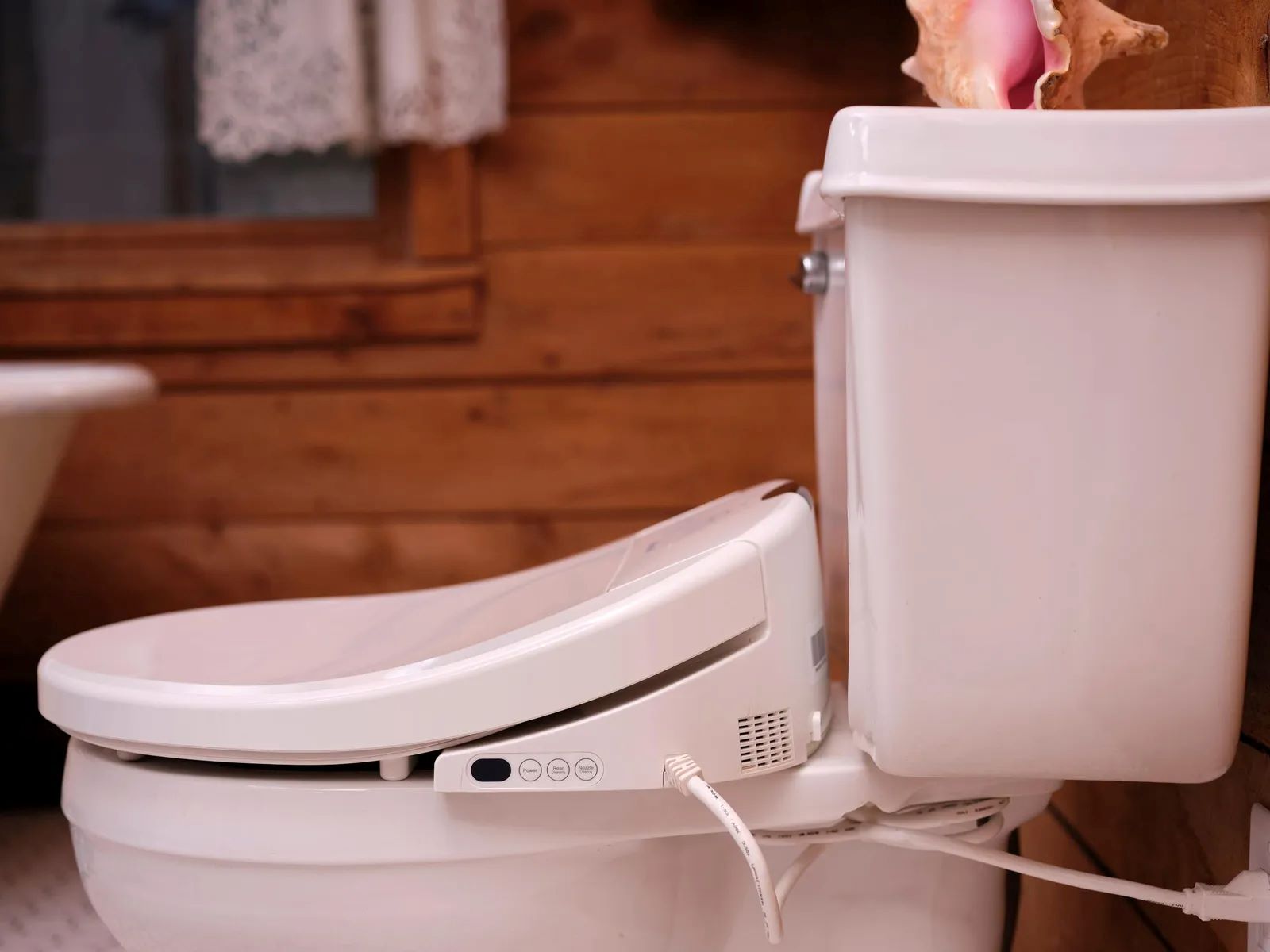
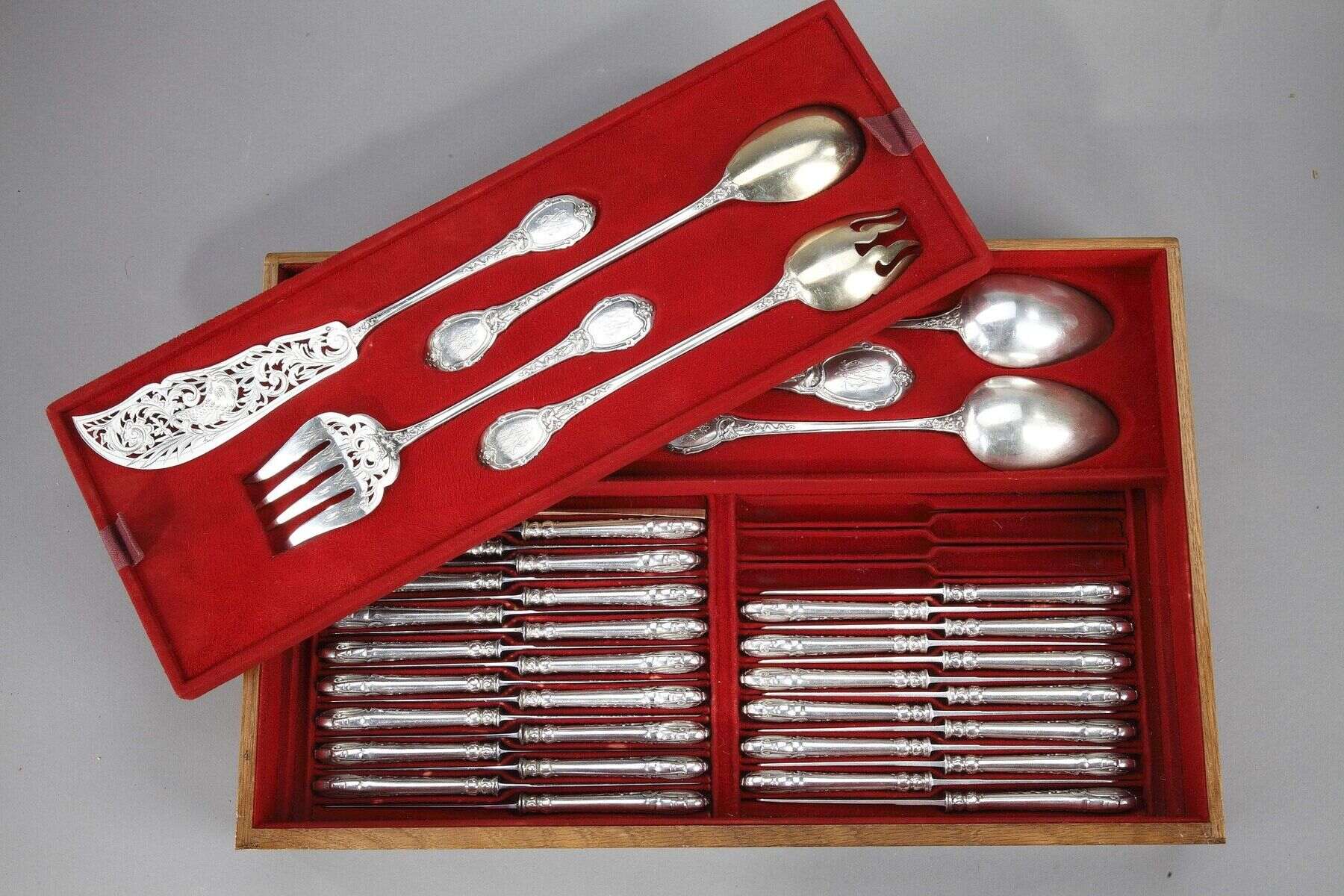

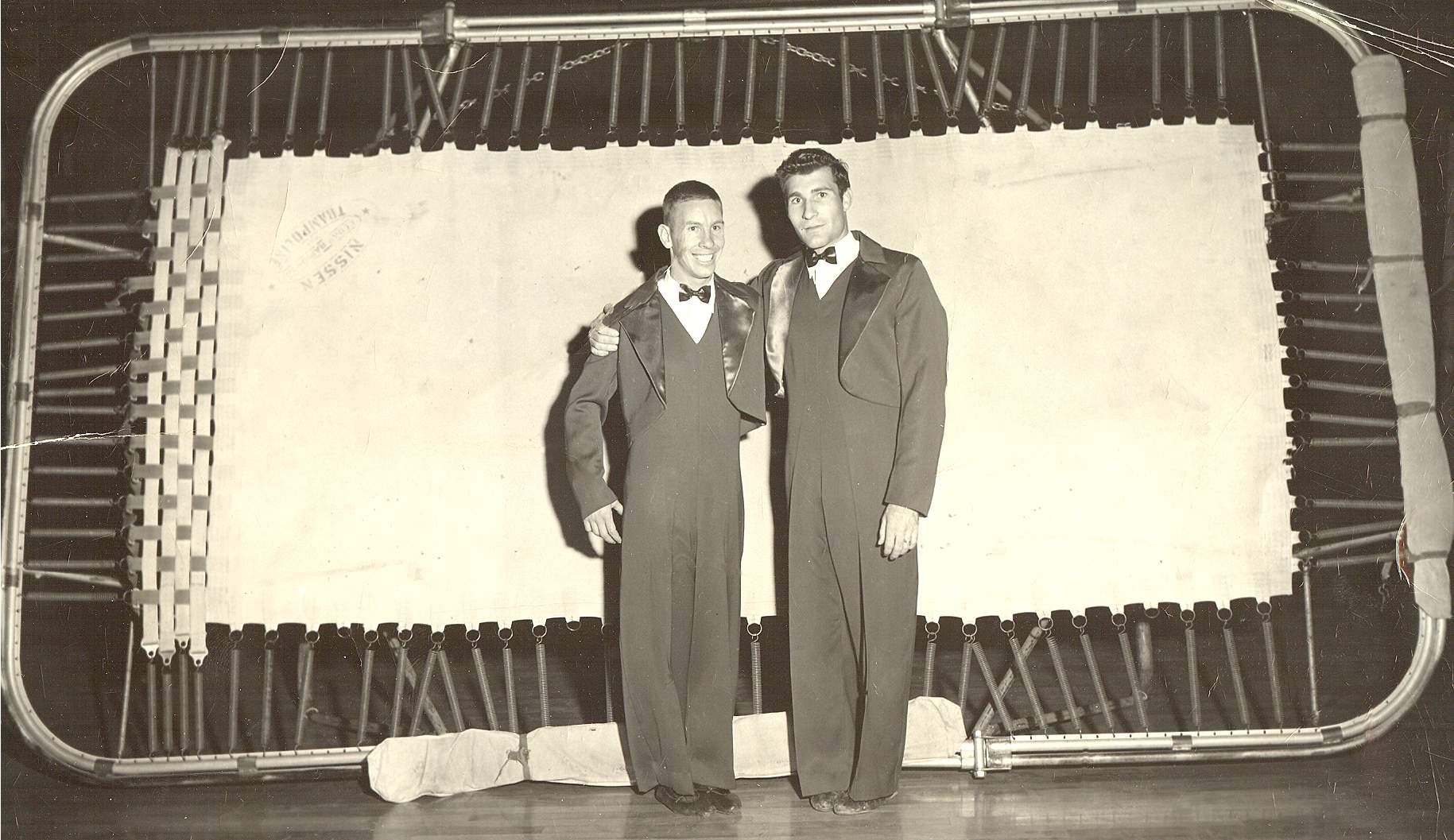



0 thoughts on “Who Invented A Lightweight Vacuum Cleaner In 1908”